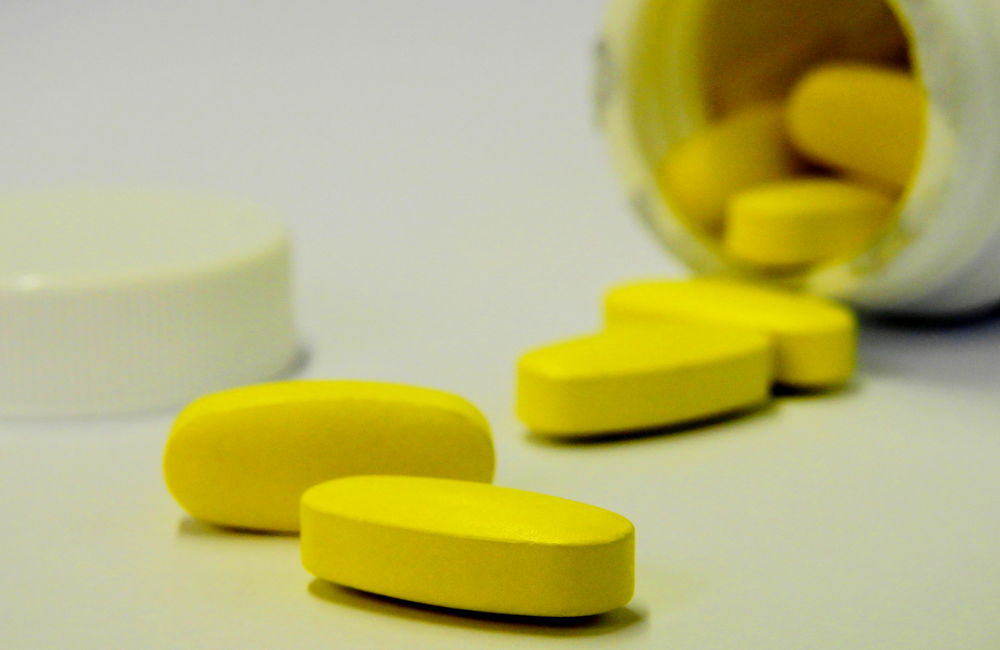
Providing a prescription of post-exposure prophylaxis (PEP) in advance of potential exposures to HIV may be a feasible HIV prevention strategy for individuals who occasionally put themselves at high risk of contracting the virus, according to Canadian research published in AIDS. The study involved 79 people who were given “post-exposure prophylaxis in pocket” (PIP) over a three-year period. A fifth took PEP, with seven people taking more than one course. All started the treatment within the recommended timeframe, were highly adherent and follow-up rates were over 90%.
“We demonstrate the effectiveness of PIP for the prevention of HIV,” comment the authors. They note that having PEP ready to hand overcomes many of the problems encountered by people trying to gain prompt access to the medication after a possible HIV exposure.
Prophylaxis with antiretrovirals is a highly effective way of preventing transmission of HIV. Medications can be used proactively (PrEP) or retroactively (PEP). The authors say that while PrEP is highly effective, the cost, pill-burden and planning involved means that it may not be appropriate for people who only very occasionally need protection.
Dr Amenah Alghamdi and her colleagues at the University of Toronto wanted to see if PEP 'in pocket' was an appropriate HIV prevention strategy for such individuals. They therefore retrospectively analysed the characteristics and PEP use of individuals prescribed PEP in this way between 2016 and 2019.
Participants were recruited at two HIV prevention clinics in Toronto. All received counselling about HIV prevention, including daily or on-demand PrEP. Individuals with low-frequency potential HIV exposures (no more than four times a year) were given the option of PEP 'in pocket'.
This involved a prescription for a 28-day course of tenofovir/emtricitabine and dolutegravir (women of child-bearing potential were prescribed raltegravir as the third drug). Participants were advised to have this prescription dispensed at a pharmacy and to keep the medication accessible in case of an exposure. They were instructed to initiate PEP within 72 hours of a potential HIV exposure, to attend a clinic within a week of starting PEP for a baseline HIV and sexual health screen, and to complete the full 28 days of treatment.
A total of 79 people opted for PIP, with follow-up for a median of 15 months. Most (95%) were gay and other men who have sex with men; 41% had used PEP before.
Twenty-one people (27%) took PEP, including seven who took multiple courses of PEP. There were no significant predictors as to who would start a course of PEP.
All courses were started within the recommended 72 hours of potential exposure to HIV and in every case, the recommended 28 days of treatment was completed with high levels of adherence. There were no HIV infections. Bacterial STIs were diagnosed in 6% of individuals at baseline and in 3% during follow-up. The follow-up rate was 91%.
Thirteen people who were originally taking PrEP switched to PEP 'in pocket' and 22 (28%) participants changed from PIP to PrEP. The latter group included five of the seven individuals who took multiple courses of PEP. “Given the fluidity in HIV risk over time, regular follow-up with patients may ensure that they are on an HIV prevention strategy tailored to their individual needs,” comment the authors.
“PIP offers several advantages compared to other HIV prevention modalities for carefully selected individuals with very infrequent but high-risk exposures,” they say. "PIP allows for the prompt initiation of ARVs following a potential HIV exposure, eliminates the need for urgent emergency department visits and subsequent referral to a specialized clinic, gives patients autonomy over their care, and allows for the democratization of ARV access."
Alghamdi A et al. HIV post-exposure prophylaxis-in-pocket (PIP): long-term follow-up for individuals with low-frequency, high-risk exposures. AIDS, online ahead of print, 2019.
doi: 10.1097/QAD.0000000000002441
Heendeniya A et al. HIV prevention with post-exposure prophylaxis-in-pocket. The Lancet Public Health, 4: e494, 2019 (open access).
